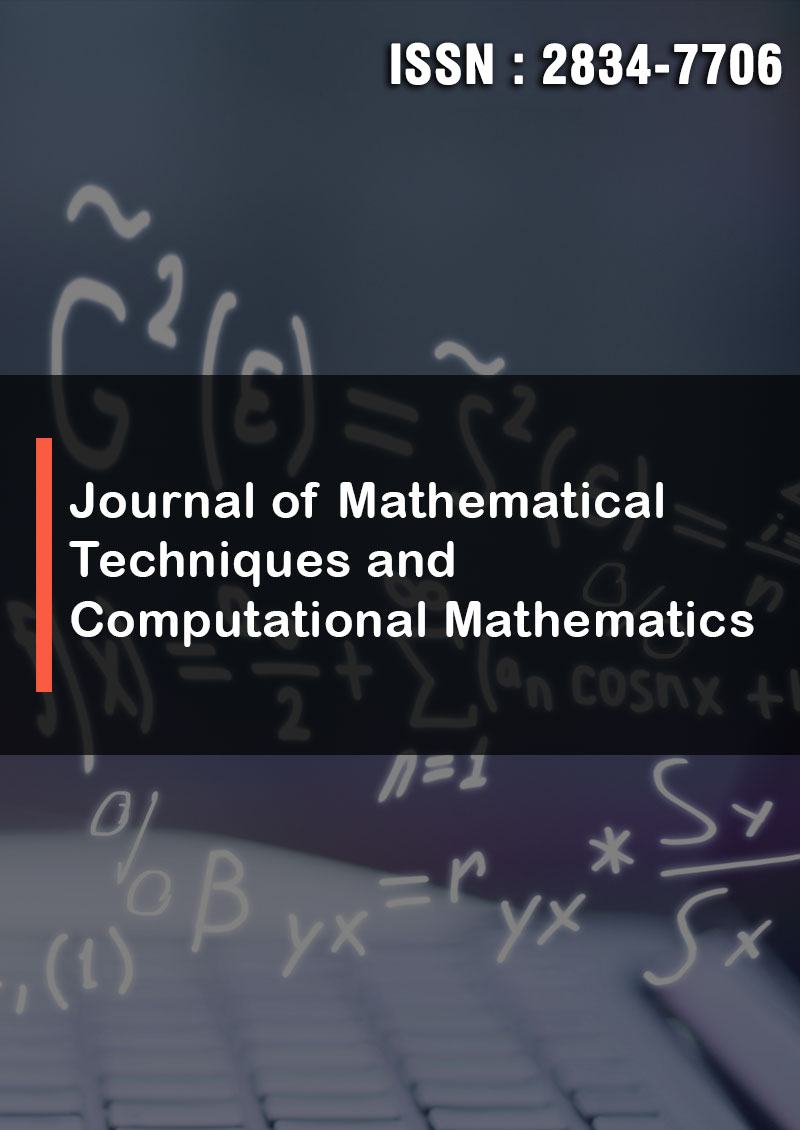El Ni�o Impacts on the Ozone Column Over Mato Grosso Do Sul
Abstract
Amaury de Souza, Umesh C. Dumka, Ivana Pobocikova, JoseÌ Francisco de Oliveira-JuÌnior, Marcel Carvalho Abreu, Razika Ihaddadene, Guilherme Henrique Cavazzana, Carlos JoseÌ dos Reis8, Flavio Aristone, Sajid Gul, Nabila Ihaddadene, Munawar Shah, Widinei A Fernandes
The El Niño-South Oscillation (ENSO), a dominant factor in interannual climate variations worldwide, is characterized in the Pacific by anomalous sea surface heating during the El Niño phase and cooling during the La Niña phase. Although ENSO strongly affects atmospheric circulation, its effects on tropospheric ozone are not fully explored. We used satellite measurements of the tropospheric column of ozone to assess the effects of atmospheric circulations driven by ENSO on tropospheric column ozone levels in Mato Grosso do Sul (MS). The objective of this work is to analyze the annual variation and the effects of the El Niño atmospheric variability mode in the Total Ozone Column (TCO) on MS between 2005 and 2020 using data from the AUREA satellite and the \Ozone Monitoring Instrument (OMI) sensor. We found that observed ozone tends to increase in the troposphere after the La Niña peak, corresponding to anomalous downward motions and suppressed convection. The model also reveals that the La Niña-related ozone increase in MS is largely due to intensified transport of ozone-rich air from higher latitudes. This suggests that ENSO should be considered for estimating the ozone concentration in MS, requiring close attention to the properties of ENSO in a changing climate.



